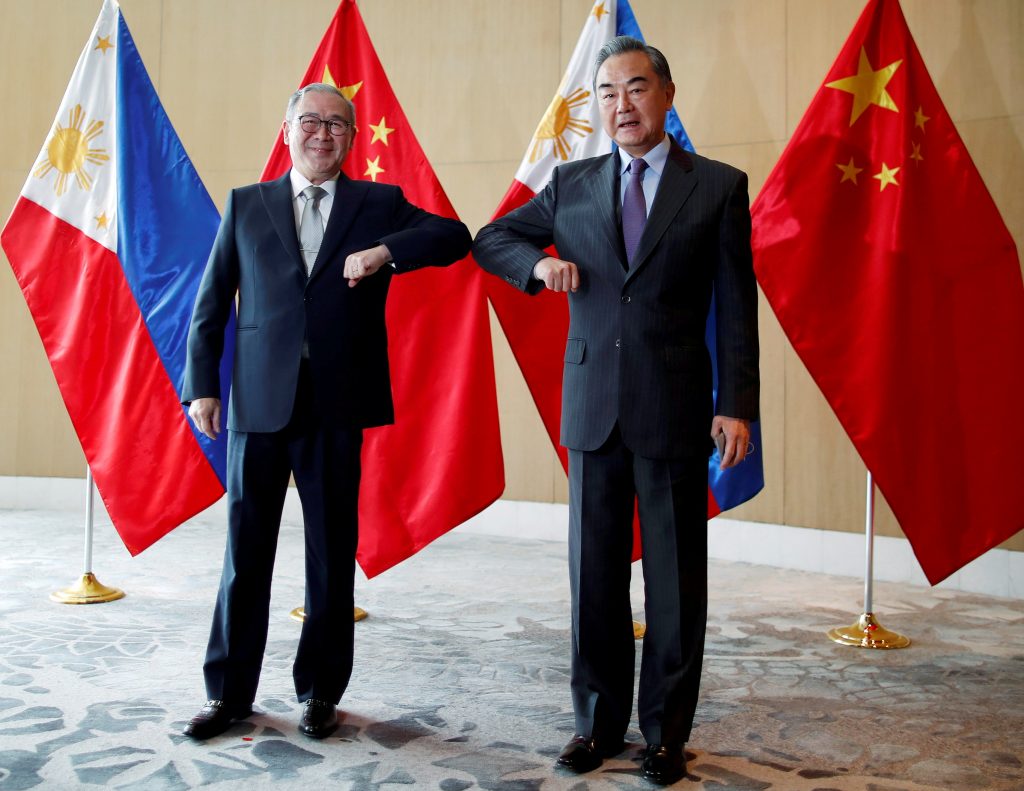News
“Ugly oaf” – Philippine Government launches a tirade on China
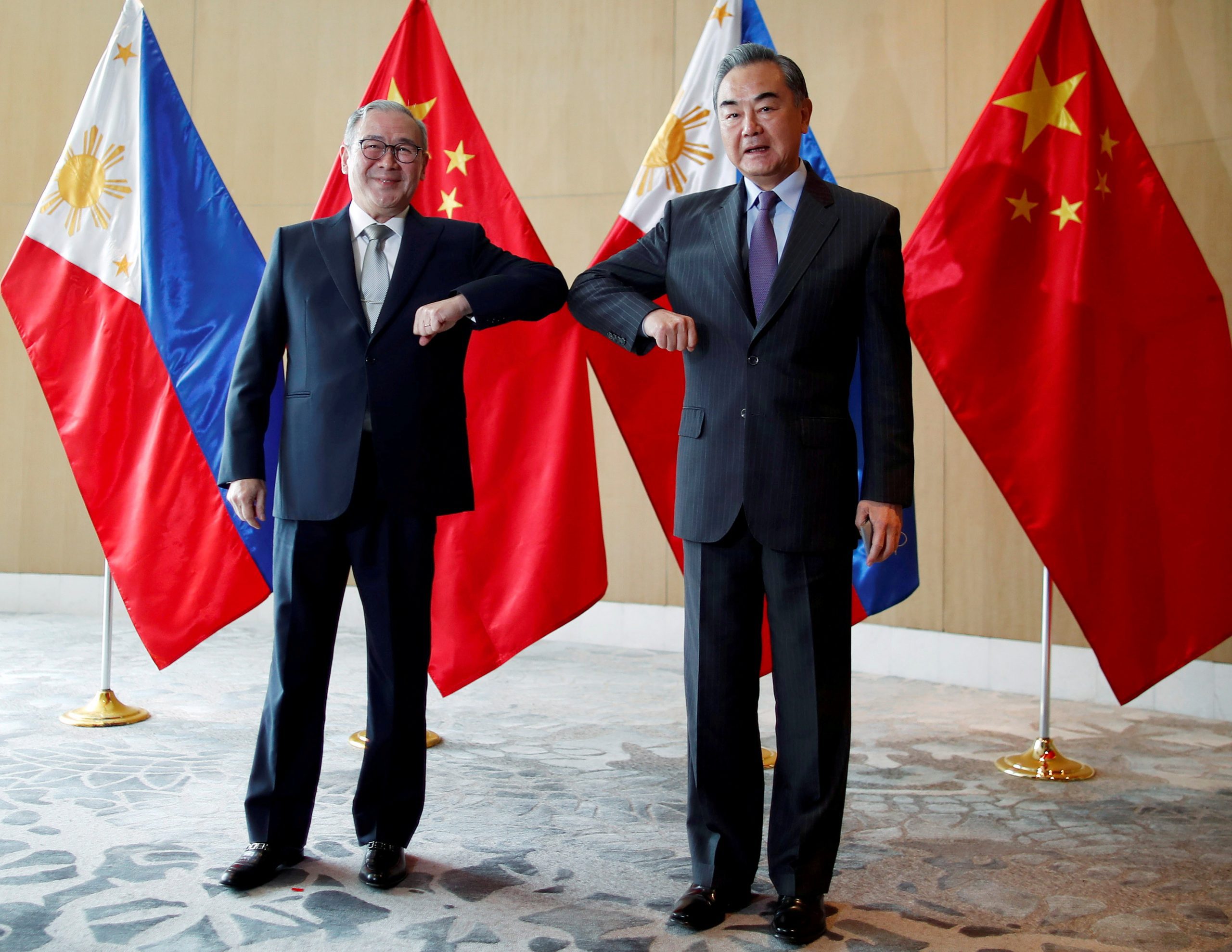
News
Australia’s new National AI Plan aims to transform the future of tech
Australia’s National AI Plan aims to make it a global leader in AI, focusing on safe, responsible innovation and workforce support.
News
Stocks rebound as Bitcoin and tech surge ahead of Fed meeting
Stocks rebound as tech and bitcoin rise, fueled by optimism over potential Fed interest rate cuts.
News
Kristi Noem pushes to expand U.S. travel ban amid rising security concerns
Noem calls for expanding U.S. travel ban amid security concerns following a deadly shooting, citing risks from additional countries.
-

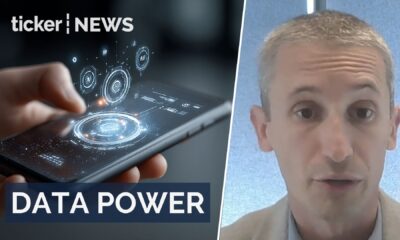

 Shows3 days ago
Shows3 days agoAI and automation driving sustainability in industries
-



 Shows3 days ago
Shows3 days agoCybersecurity concerns rise amidst AI industrial adoption
-

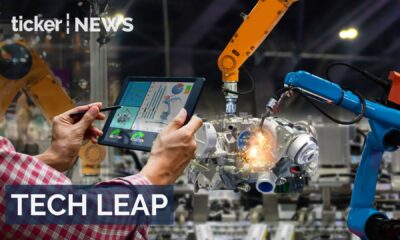

 Shows3 days ago
Shows3 days agoEarly adopters of automation gain significant competitive advantage
-



 Shows3 days ago
Shows3 days agoHow London is attracting global investment and staying competitive
-

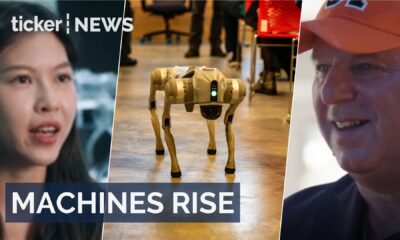

 News3 days ago
News3 days agoRobotics and AI driving fourth industrial revolution innovations
-

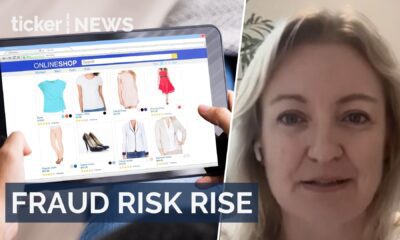

 Leaders3 days ago
Leaders3 days agoAI scams target Australian shoppers during festive season
-



 News3 days ago
News3 days agoNetanyahu requests presidential pardon as corruption trial intensifies
-



 Shows3 days ago
Shows3 days agoCybersecurity emerges as top concern in industrial AI



